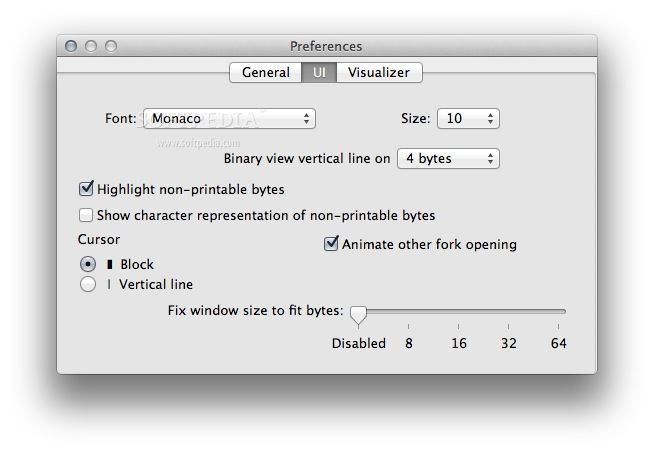

Luckily, they are super easy to optimize with free and/or open source tools. Images dominate the web in terms of both byte size and request count.

Zoompf Alerts continuously scans your website through the day, looking for specific front-end performance issues, and alerts you when new problems are introduced.I’m a big fan of image optimizations, and have written several posts about it. If you care about web performance improvements like lossless image optimizations, you’ll love our new Zoompf Alerts beta. However, large blocks of embedded text is a common source of image bloat, and so I still find these tools very useful. This means that hex editors and the strings command can’t always show you all of the sources of image bloat. Missing palette entries, using bad DEFLATE settings or JPEG quantization options, even embedded thumbnails are all examples of ways images can be bloated that don’t appear as English text inside of the image file. Hex editors and the strings command can help you visualize bloat in images, but they mainly help you visualize bloat from embedded meta data and other text content. I have left something rather important out of my explanation above. The resulting file is only 508 bytes! Since the original image was 218 kilobytes in size, that is a savings of 98%! Final Thoughts Jpegtran -copy none optimize -outfile optimized.jpg input.jpg Specifically we run the following command: Since we know this image from has a lot of bloat it in, we should probably losslessly optimize it. I personally prefer a hex editor, but strings is usually already installed on most computers I use, so it is handy to use for quick demonstrations.
#0xed hex editor mac os
While strings was originally a Unix utility, it appears in most standard Linux or BSD distributes, Mac OS X, and for Windows with environments like Cygwin. I have scrolled down and we can clearly see the same embedded XML text that is needlessly bloating this image: We can do all of this via the command line, with the following command: Since the strings command can generate a lot of text, we will pipe the output to less so we can easily scroll through the output. Let’s run Strings on the background image we used above. Strings is in many ways a quick and dirty way to display that ASCII text column we see in hex editors. So if, say, at least 5 sequential bytes in all representing printable ASCII characters, strings assumes it is valid text and displays it. Strings is a utility that extracts and displays runs of printable text inside of a file. There is another way to visualize image bloat: the strings command. In fact, the screen shots above are from the public Zoompf Alerts account for !

Our commercial product Zoompf WPO, and our newly launched free public beta of Zoompf Alerts, both include a “View optimization as hex” feature. We found the hex view so effective in showing people image bloat, we built it into our products.
#0xed hex editor download
It is simply increase the size of the file, wasting bandwidth and needlessly increasing download times. This data has nothing to do with the graphical data for the image. Needlessly to say, you shouldn’t be seeing large strings of English text inside of an image file.Īs we scroll down, we start to see more English text, and then we see embedded XML!Īll of this junk is exactly the type of stuff you want to remove from the images on your website. Immediately we can see English text, taking about Adobe Photoshop CS 5.

Most hex editors feature a column on the right, which shows the ASCII output of the bytes in the file. Right now the size of this image is 218 KB, which seems a little high considering its dimensions are 1 x 620. Any hex editor can be used, provided that it includes the ability to display the ASCII output of the bytes. There are some desktop hex editors like HxD or 0圎D, and there are also web-based hex editors. They also can show you bloat in your losslessly optimized images. Hex editors lets you examine the contents of binary files. Is there a way to do this? Yes! Today I will show you 2 ways: With a hex editor, and with the strings command. To actually you show them all the waste and bloat and unneeded crap that is sitting inside their JPEG or PNG image. While its great to tell someone that an image can be reduced by 20%, I have found that sometimes it is helpful for people to actually visualize what that savings looks like. This is a great way to lose page load wait by losing page content weight. And images have embedded thumbnails, you can see savings upwards of 50%-70%. For lossless image optimization, you can expect to consistently reduce the size of your image files by 5%-20% without impacting image quality. I’m a big fan of image optimizations, and have written several posts about it.


 0 kommentar(er)
0 kommentar(er)
